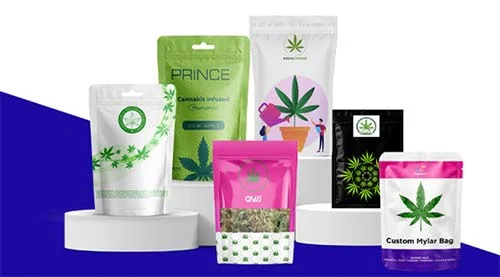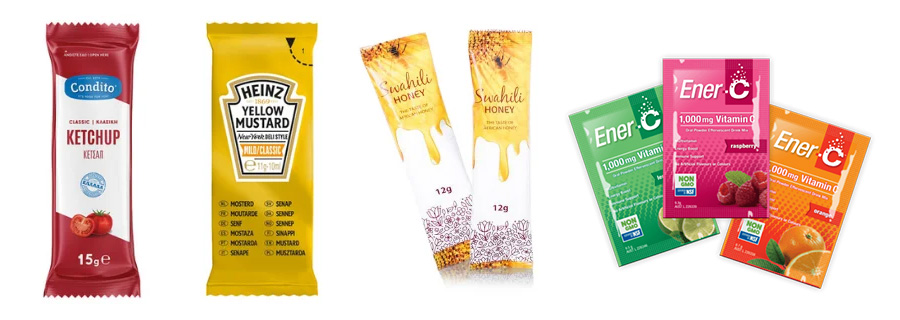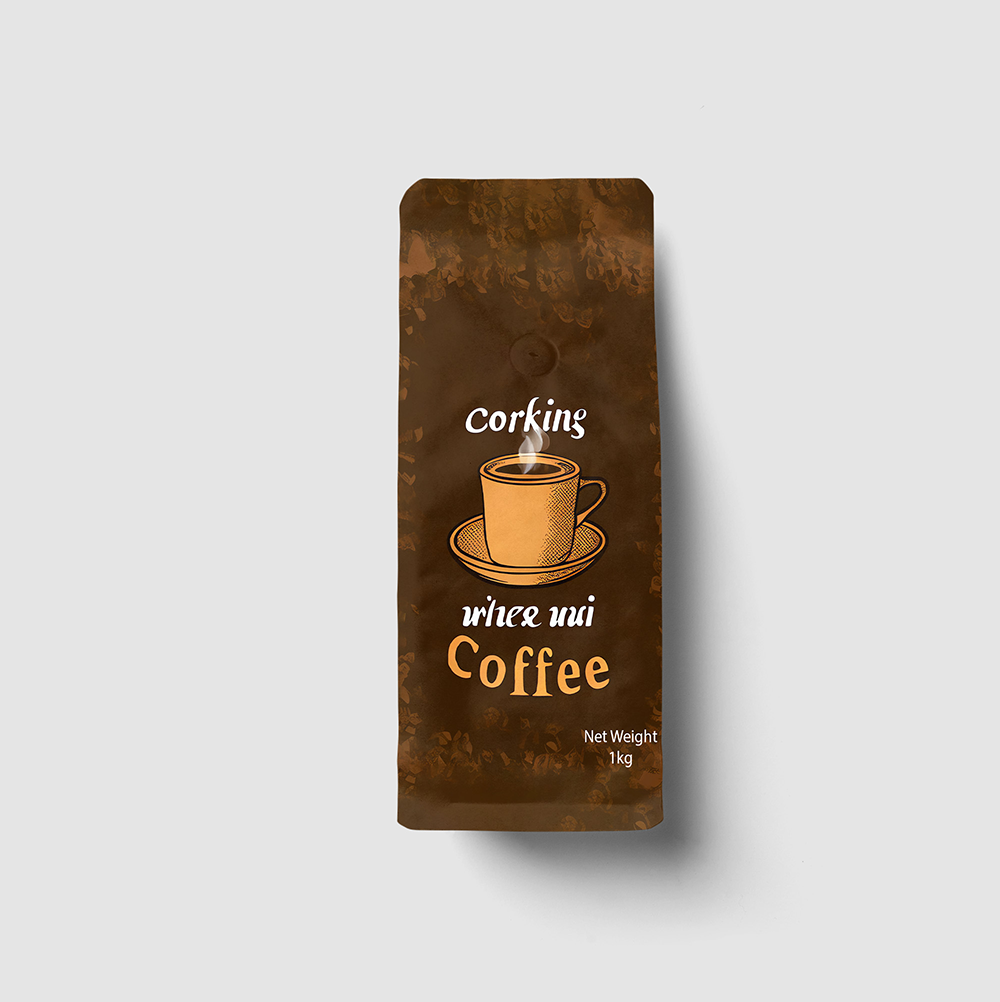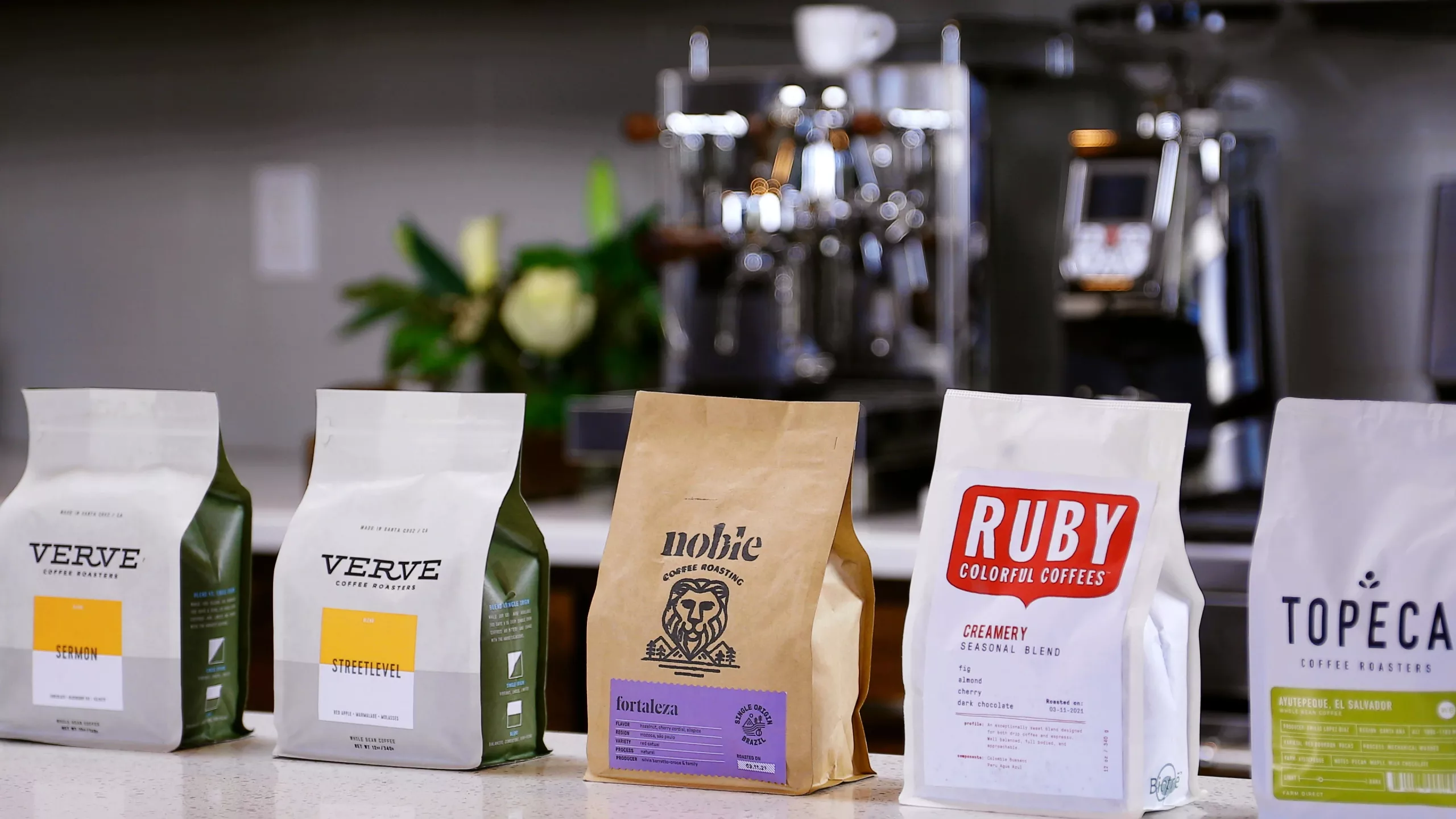As environmental concerns continue to grow, industries are in the hunt for sustainable alternatives to traditional packaging materials. One such alternative that has gained significant attention in recent years is compostable packaging. But what exactly is compostable packaging, and why is it so important for our planet?
What Is Compostable Packaging?
Compostable packaging refers to materials that break down naturally within a composting environment to form nutrient-rich compost devoid of harmful toxins. Such materials are usually obtained from renewable resources, such as plants. Decomposition is very similar to the natural processes taking place in soil. Compostable packaging stands in contrast to traditional forms of packaging, which generally take hundreds of years to decompose, thus resulting in plastic pollution and death to wildlife.
Compostable packaging, therefore, aims to reduce waste and contribute to the circular economy where materials are kept in continuous use or returned to the earth safely. The immediate benefit is that it is easily biodegradable within a composting environment without residue left behind.
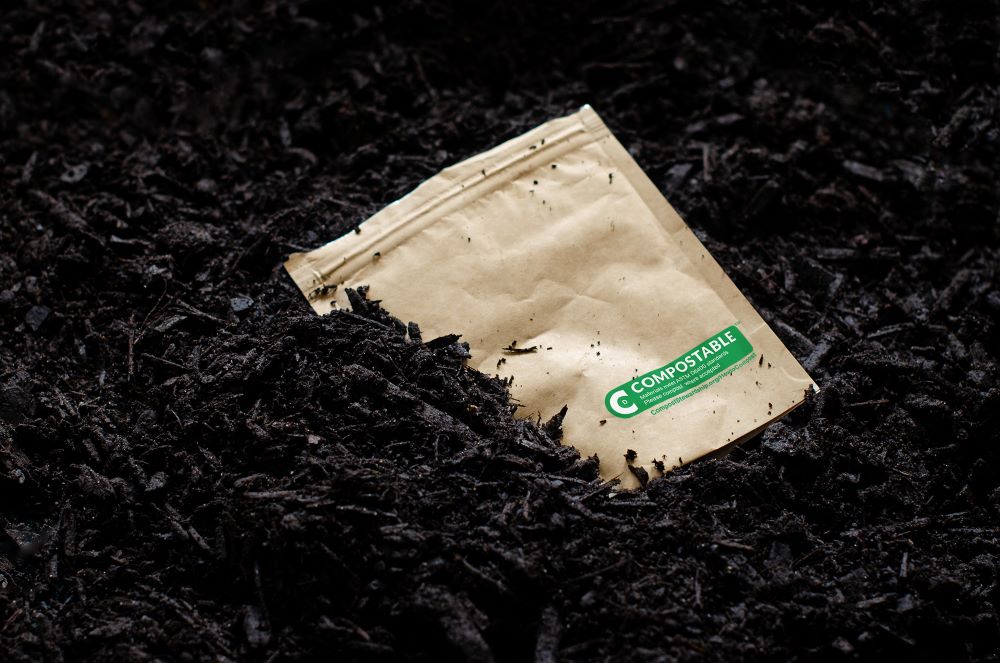
Types of Compostable Packaging
In the world of compostable packaging, there exist several types: compostable packaging bags, compostable plastic packaging, and compostable product packaging. Let’s discuss each type:
Compostable Packaging Bags
Compostable packaging bags are designed to replace single-use plastic bags and can be made from such materials as plant-based plastics, starch blends, or cellulose. These kinds of bags can decompose into organic matter under the right composting conditions, without any traces of microplastics, therefore being a very good way to store food, clothing, and many other products in an environmentally friendly way.
Unlike conventional plastic bags, compostable packaging bags do not contribute to long-term pollution. They offer a practical solution for individuals and businesses aiming to reduce their reliance on traditional plastics, helping protect both landfills and marine environments.
Compostable Plastic Packaging
Although it may seem like a contradiction to many, there is indeed a type of plant-based plastic that is designed to break down in composting environments. Compostable plastic packaging, made from renewable resources such as cornstarch or sugarcane, plays a similar function to regular plastic but with much less environmental impact.
Compostable plastic packaging is used in many areas of the food industry, including take-out containers, snack bags, and beverage cups. It breaks down significantly faster than the traditional petroleum-based plastics. When disposed of correctly, these materials turn into valuable compost that can nourish the soil.
Compostable Product Packaging
Compostable product packaging is an environmentally friendly packaging product adopted by many industries, ranging from retail to electronics and beauty. This packaging generally consists of renewable resources such as paper, plant-based fibers, or compostable plastics. Examples include boxes for cosmetics, product wraps, and shipping materials.
The rise in eco-conscious consumerism has pushed brands to rethink their packaging strategies, and compostable product packaging is one of the most popular alternatives. In addition to being environmentally friendly, it enhances the overall brand image by appealing to sustainability-focused customers.
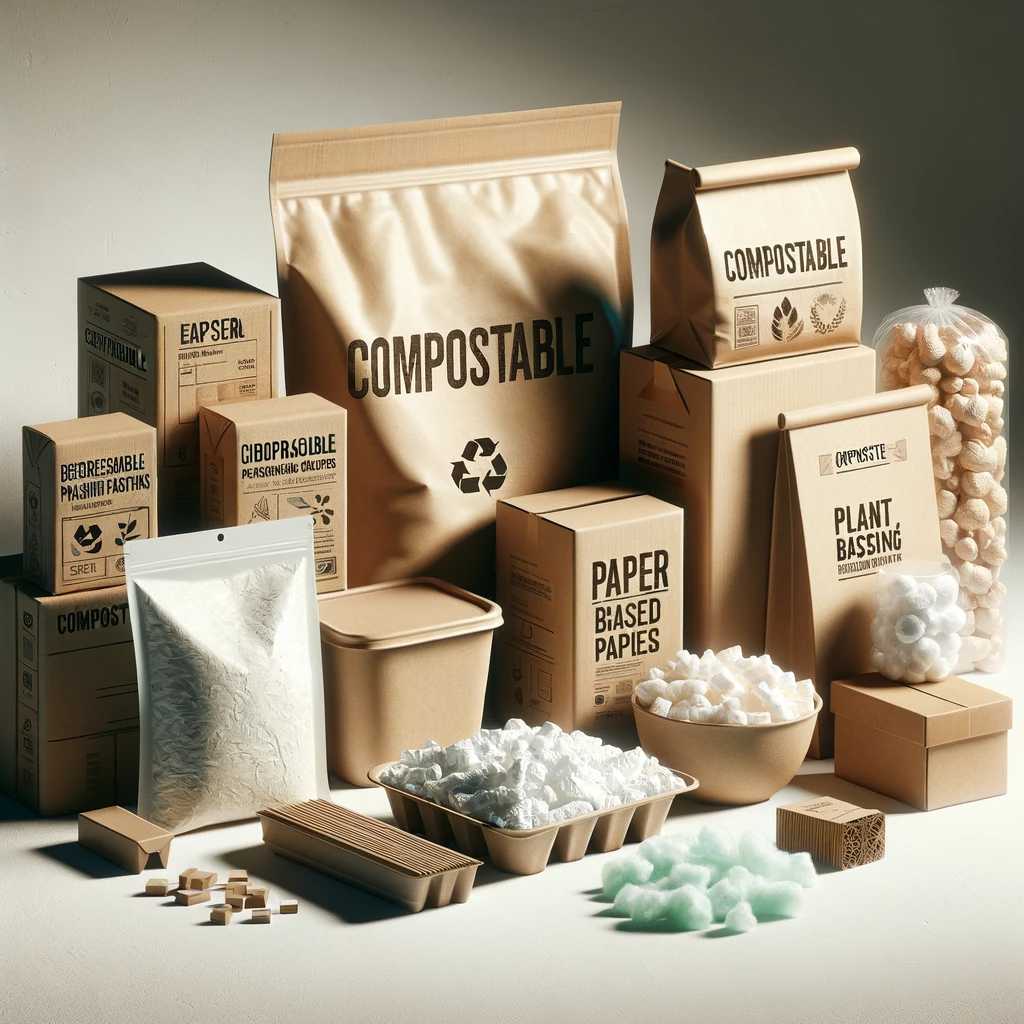
Why Compostable Packaging Matters
1. Reducing Plastic Pollution
Plastic pollution is among the major environmental issues of today. Hundreds of millions of tons of plastics go to oceans, landfills, and our environments each year, and centuries it takes for traditional plastic waste to decompose. Compostable packaging helps in solving that problem by offering materials that go back safely into the earth, and decreasing overall reliance on such plastics that contribute to pollution.
2. Promote the Circular Economy
Compostable product packaging will mean that companies are contributing to the circular economy: waste is at a minimum, while materials are continuously cycled back or composted to return naturally to the earth. These products decompose and give much-needed nutrients back to the soil, furthering agriculture and creating generally healthier ecosystems.
3. Sustainable Consumption
The switch to compostable packaging nudges us toward more sustainable consumption patterns. From compostable packaging bags to compostable plastic packaging, this kind of packaging is designed to reduce waste and help people live more sustainably. More than ever, consumers are seeking products that meet their needs and align with their values. Choosing products in compostable product packaging will further encourage enterprise businesses to adopt more sustainable practices that meet the growing consumer demands for eco-friendly options.
4. Reduction in Greenhouse Gas Emissions
Landfills are considered among the major sources of methane, a potent greenhouse gas contributing to climate change. Conventional plastic packaging decomposes very slowly in landfills and, while doing so, releases methane and other harmful chemicals. Compostable packaging degrades much faster and with much less methane output, hence being a much cleaner option for waste disposal.
5. Supports Organic Farming and Healthy Soil
Compostable packaging bags, compostable plastic packaging, and a variety of other compostables, when they break down, help enrich the soil. Composting promotes soil health through organic matter and nutrients that boost plant growth, enhancing the structure. This is very important for organic farming, where quality soil is required to support crop production sustainably.
How to Properly Dispose of Compostable Packaging
Compostable packaging can only be effective if it is disposed of in the right environment. Though compostable materials can decompose in industrial composting facilities, they do not decompose in traditional landfills or in the wild. Always make sure that compostable packaging is separated from general waste and placed into designated compost bins.
If you’re uncertain whether the packaging is truly compostable, look for certification labels such as the ASTM D6400 or the European EN 13432, which indicate that the product meets the standards for compostability.
Final Thoughts
With the world’s increasing focus on environmental sustainability, the shift to compostable packaging is becoming a very critical step forward. From compostable packaging bags, compostable plastic packaging, to compostable product packaging., these innovative solutions provide an alternative to traditional plastic, reducing waste, promoting soil health, and contributing to a circular economy.
Compostable packaging is not just about reducing harm but also about making positive impacts on the planet, creating healthier ecosystems, and fostering sustainable industries in the process. And as consumers and businesses continue to demand eco-friendly solutions, we can all play a part in making the shift to compostable packaging a standard practice that’s now part of a greener, more sustainable future.
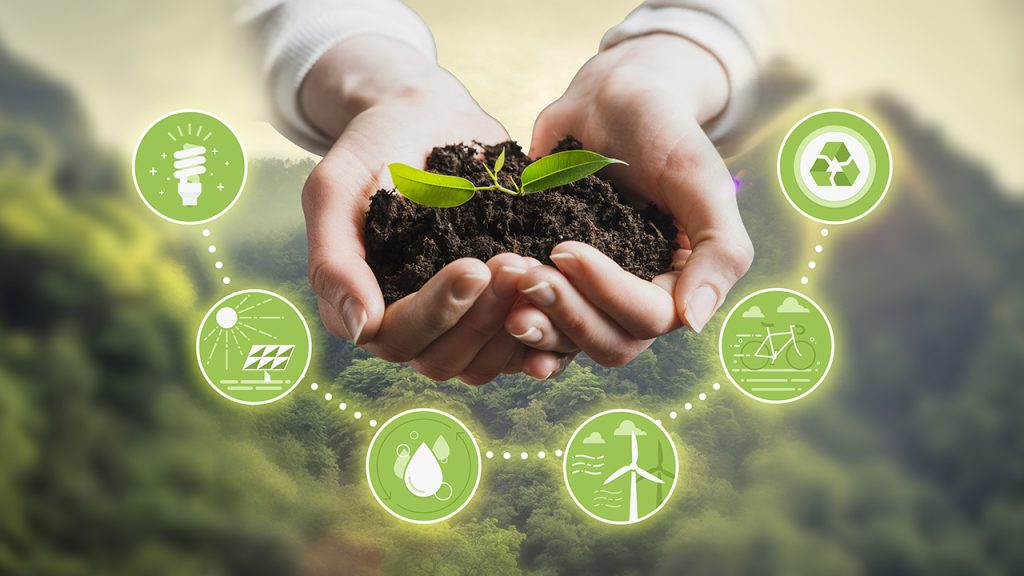
Recent Articles
- Wholesale Mylar Food Packaging: How to Select a Supplier
- Stick Pack Packaging Uncovered: Benefits, Materials & Applications
- Simple to Have Your Weed Bags Customized: Smell-Proof, Compliant, and Branded
- Innovative Packaging Trends for Sustainable Luxury Brands
- What Are Mini Coffee Bags and Why Are They Becoming Popular?

